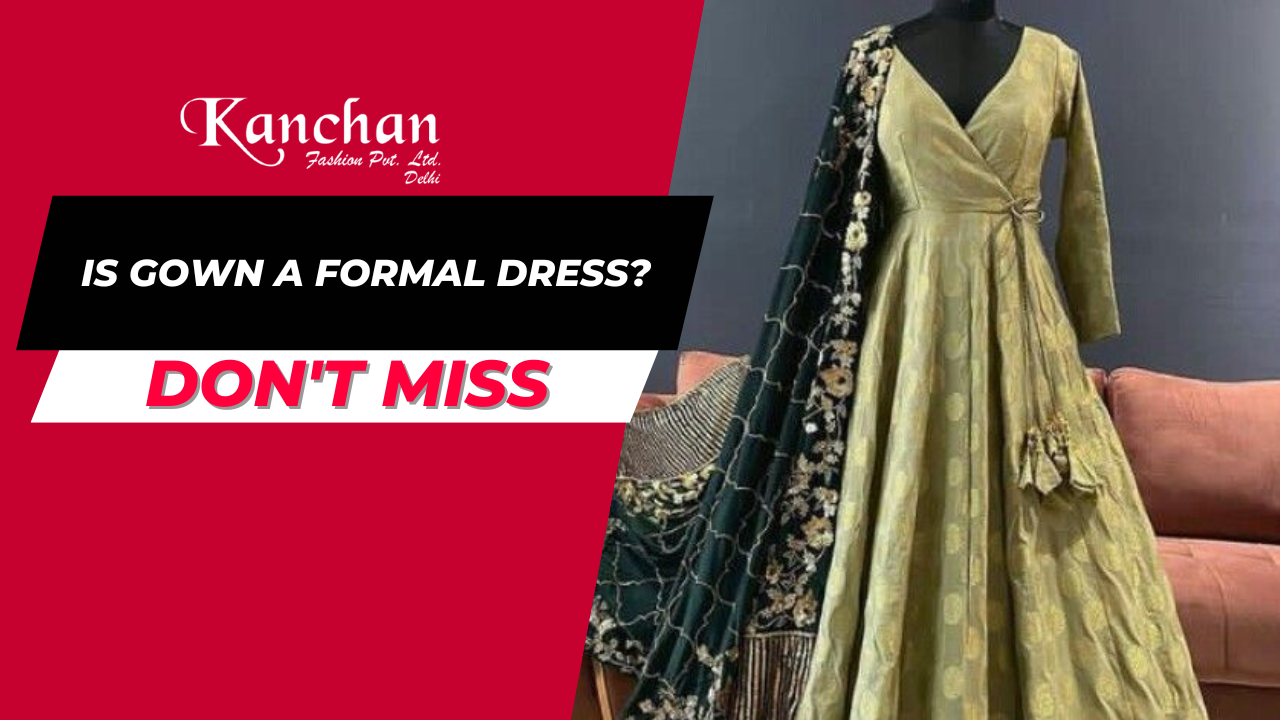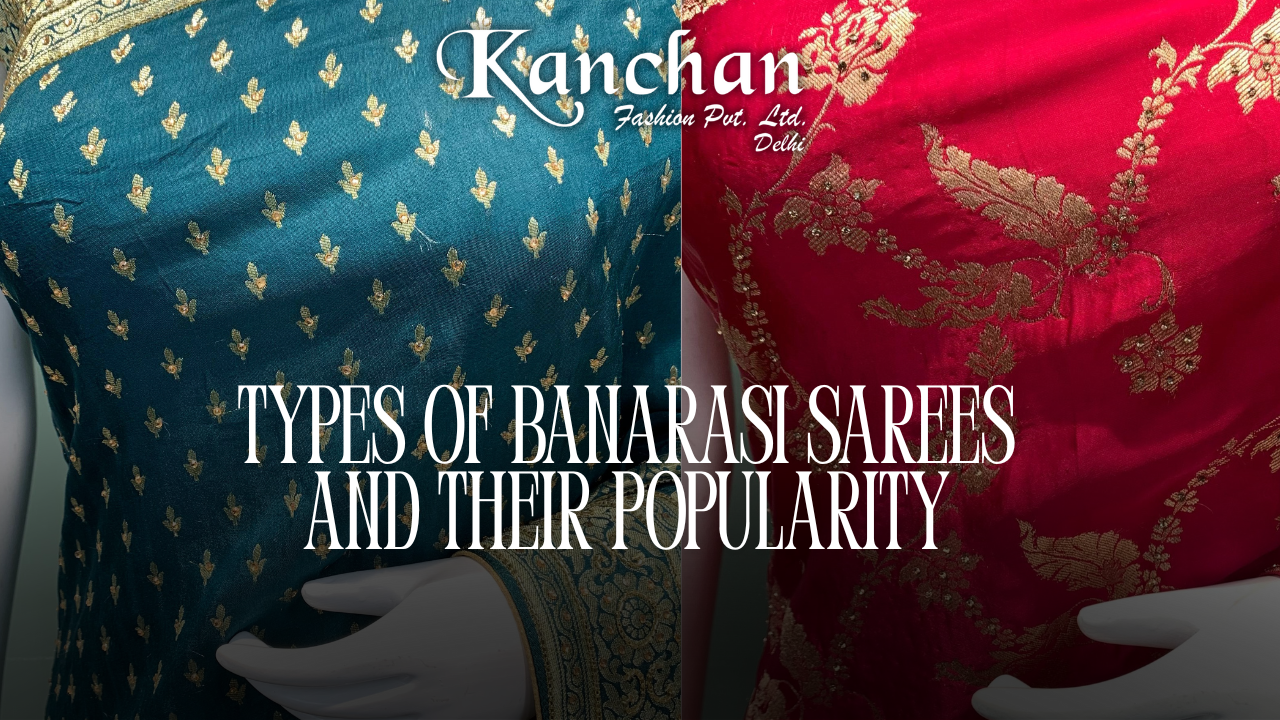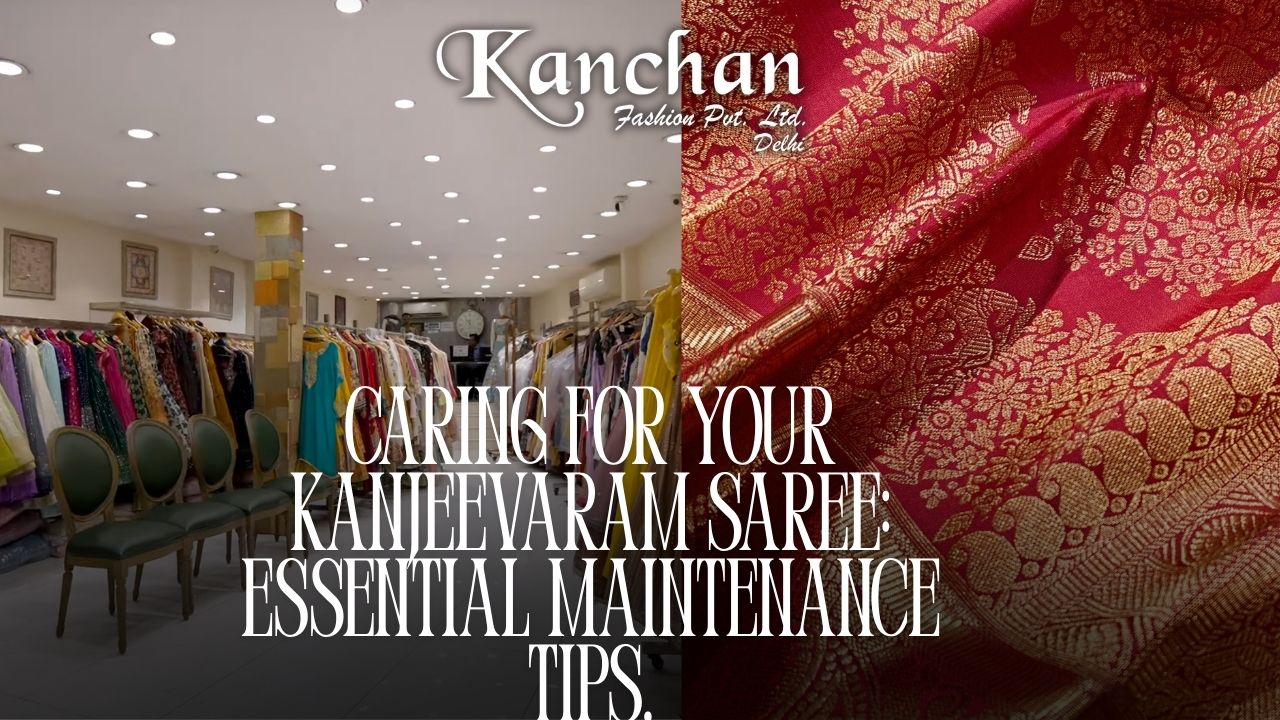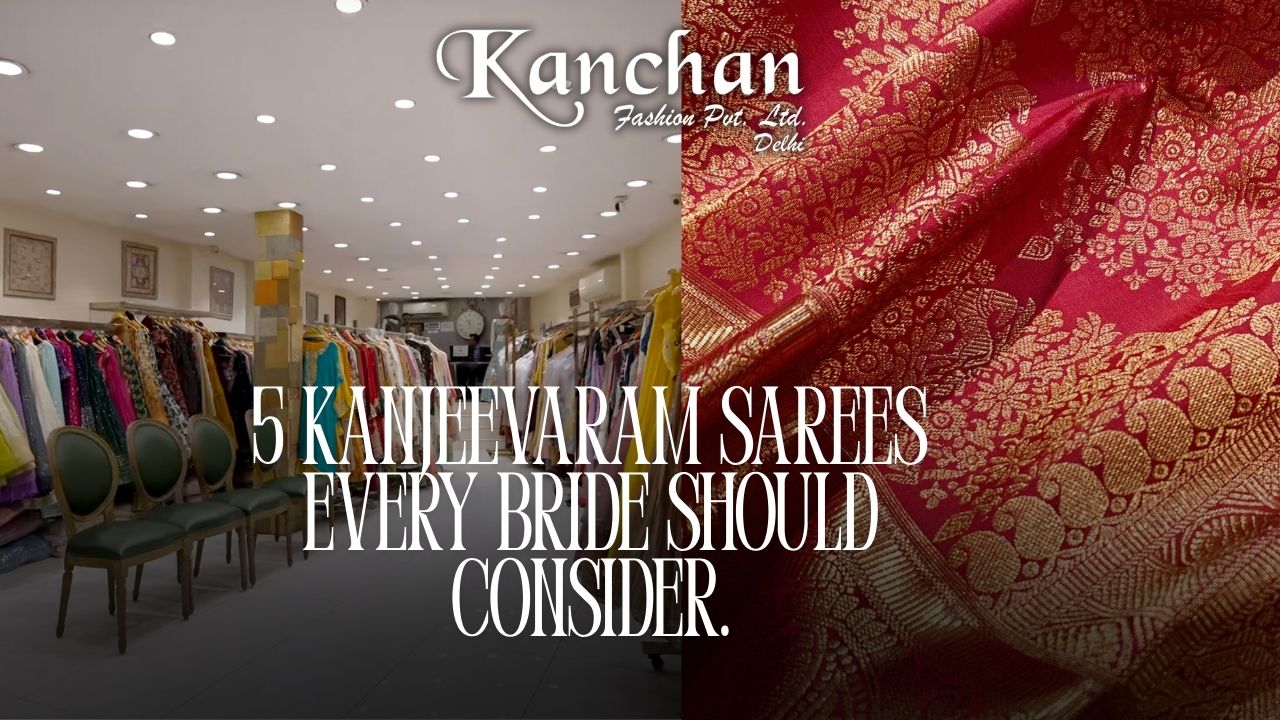
Outline
- Introduction
- Defining formal attire
- Importance of understanding dress codes
- What is a gown?
- Description and characteristics
- History of gowns
- Types of gowns
- Evening gowns
- Ball gowns
- Wedding gowns
- Occasions for wearing gowns
- Formal events
- Red carpet events
- Galas and balls
- Gown etiquette
- Dress codes and expectations
- Accessories and styling tips
- Gowns vs. other formal attire
- Contrasting gowns with suits and tuxedos
- Versatility of gowns across cultures
- Perception of gowns in modern society
- Changing trends in formal wear
- Gender-neutral fashion and gown-wearing
- Conclusion
Is Gown a Formal Dress?
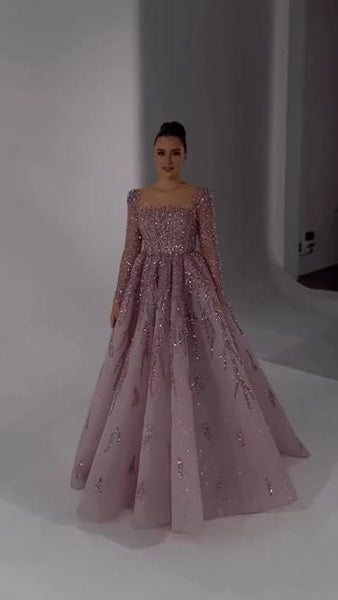
In today's diverse fashion landscape, understanding what constitutes formal attire can be a perplexing endeavor. While suits, tuxedos, and cocktail dresses often come to mind, the gown remains a timeless symbol of elegance and sophistication. In this article, we'll delve into the question: Is gown a formal dress?
Introduction
Formal attire serves as a visual indicator of respect, professionalism, and adherence to social norms. Whether attending a wedding, gala, or prestigious event, dressing appropriately is paramount. However, the definition of formal wear can vary based on cultural, regional, and situational factors.
What is a Gown?
Gowns are garments typically characterized by their flowing silhouette, floor-length hemlines, and intricate detailing. Originating centuries ago, gowns have evolved from modest attire to opulent symbols of status and refinement. Historically, gowns were worn by both men and women across various cultures, with styles varying based on social class and occasion.
Types of Gowns
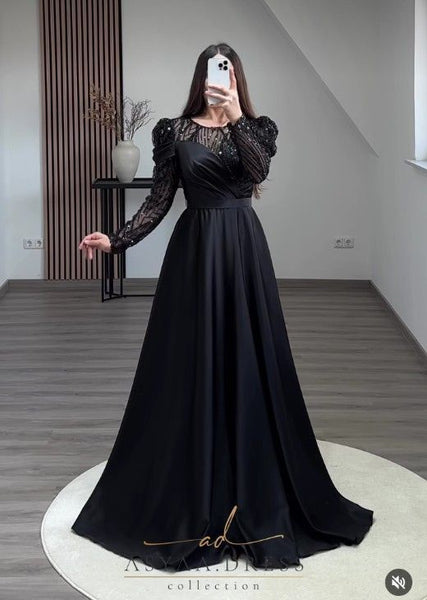
Evening Gowns
Designed for formal evening events, evening gowns exude glamour and sophistication. Featuring luxurious fabrics, embellishments, and flattering cuts, these gowns are often reserved for upscale occasions such as awards ceremonies, fundraisers, and banquets.
Ball Gowns
Ball gowns, with their voluminous skirts and fitted bodices, evoke images of fairy-tale princesses and royal soirées. Traditionally worn to formal balls and extravagant galas, these gowns command attention and exude timeless elegance.
Wedding Gowns
A cornerstone of bridal fashion, wedding gowns symbolize love, commitment, and tradition. From classic A-line silhouettes to modern mermaid styles, wedding gowns come in a myriad of designs to suit every bride's taste and personality.
Occasions for Wearing Gowns

Gowns are synonymous with formal events where elegance and refinement are expected. From red carpet premieres to black-tie galas, gowns are a staple choice for individuals looking to make a memorable impression. Additionally, gowns are often worn by brides on their wedding day, symbolizing the significance of the occasion.
Gown Etiquette
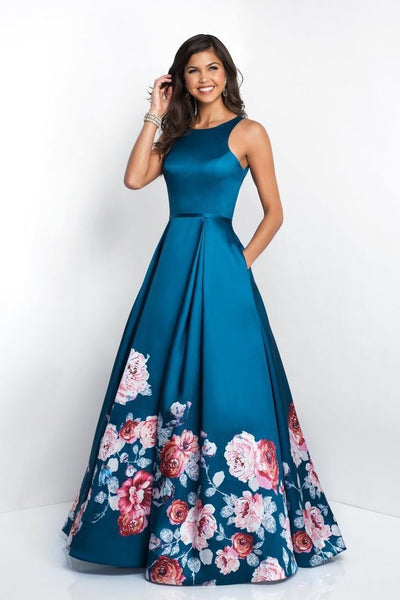
When wearing a gown, it's essential to adhere to the dress code and etiquette guidelines of the event. For formal affairs, opt for floor-length gowns in rich fabrics such as silk, satin, or chiffon. Accessories should complement the gown's aesthetic, with minimalistic jewelry and sleek hairstyles being popular choices.
Gowns vs. Other Formal Attire
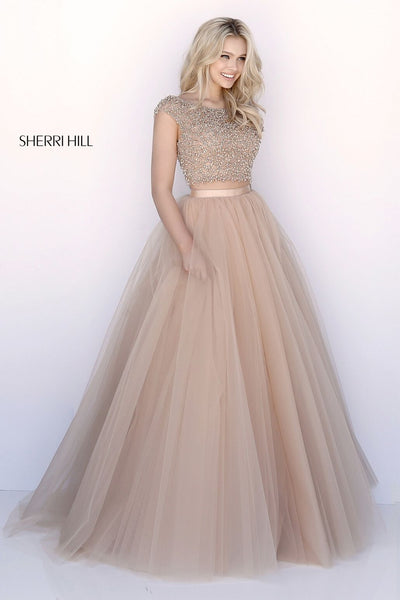
While suits and tuxedos are traditional choices for men attending formal events, gowns offer women a versatile and elegant alternative. Unlike men's formal wear, which has remained relatively unchanged over the years, the styles and designs of gowns have evolved to reflect changing fashion trends and cultural norms.
Perception of Gowns in Modern Society
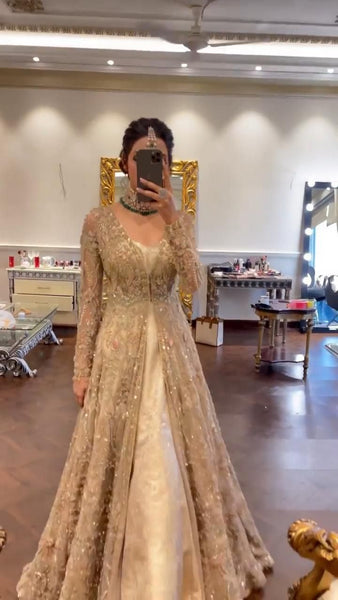
In contemporary society, the perception of gowns has evolved to encompass inclusivity and gender-neutral fashion. While traditionally associated with femininity, gowns are now embraced by individuals of all genders seeking to express themselves through fashion. This shift reflects a broader movement towards breaking down gender stereotypes and embracing diversity in clothing choices.
Conclusion
In conclusion, gowns occupy a prominent place in the realm of formal attire, embodying elegance, sophistication, and timeless style. Whether worn to a red carpet event, gala, or wedding, gowns serve as a symbol of sartorial excellence and individual expression. By understanding the nuances of gown etiquette and styling, individuals can confidently embrace this classic garment and make a lasting impression at any formal occasion.
FAQs
-
Are gowns only worn by women?
- While gowns have historically been associated with women's fashion, modern trends embrace gender-neutral clothing, allowing individuals of all genders to wear gowns.
-
Can gowns be worn to semi-formal events?
- Depending on the style and design, certain gowns can be suitable for semi-formal occasions. Opt for shorter hemlines and less embellished designs for a more casual look.
-
How do I accessorize a gown?
- When accessorizing a gown, consider the neckline and silhouette. Statement jewelry, clutch purses, and elegant heels can complement the gown's aesthetic without overpowering it.
-
Are there cultural variations in gown styles?
- Yes, different cultures have unique traditions and customs surrounding gown design and styling. For example, traditional Chinese gowns feature intricate embroidery and symbolic motifs, while Indian saris showcase vibrant colors and elaborate draping techniques.
-
Can gowns be altered for a better fit?
- Yes, gowns can be tailored to achieve a perfect fit. It's essential to work with a skilled tailor who understands the intricacies of formal attire and can make adjustments without compromising the garment's integrity.

